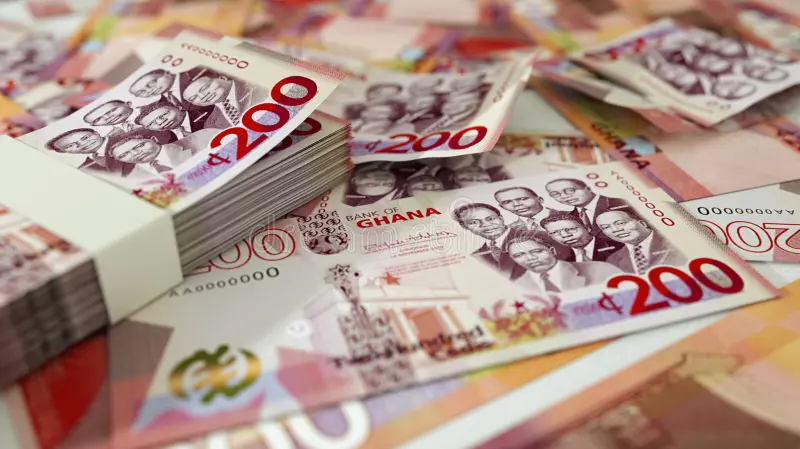Ghana’s Treasury Bill Auction: A Deep Dive into Tender 1966
The Ghanaian government successfully mobilized GH¢5.49 billion (approximately $460 million USD based on the current exchange rate as of October 26, 2023 which is 1USD to 11.93 Cedis) in its latest Treasury bill auction, Tender 1966, held on Friday, August 1, 2025. This amount surpassed the initial target of GH¢3.86 billion, indicating robust investor confidence and a favorable borrowing environment for the government. The auction attracted a substantial total bid of GH¢6.79 billion, demonstrating strong investor appetite for government securities. This positive outcome underscores the market’s perception of Ghanaian Treasury bills as a safe and attractive investment option. The successful mobilization of funds will support government spending and contribute to economic stability.
The auction results reveal a nuanced picture of investor behavior and market dynamics. The breakdown across the different tenors – 91-day, 182-day, and 364-day bills – provides further insights. The 91-day bill attracted the highest demand, with GH¢4.86 billion tendered and GH¢4.32 billion accepted. The 182-day bill received GH¢1.16 billion in bids, of which GH¢823.28 million were accepted. Lastly, the 364-day bill saw GH¢774.65 million tendered and GH¢343.49 million accepted. This distribution suggests investors’ preference for shorter-term maturities, possibly reflecting uncertainties about longer-term economic prospects or interest rate movements.
Despite some bids reaching as high as 25%, the Bank of Ghana strategically allotted securities at significantly lower rates. This approach ensured cost-effectiveness for the government while still attracting sufficient investor participation. The weighted average discount rate for the 91-day bill settled at 10.04%, translating to an interest rate of 10.29%. The 182-day bill had a discount rate of 11.64% and an interest rate of 12.36%. The longest-term instrument, the 364-day bill, closed with a discount rate of 11.70% and an interest rate of 13.25%. These rates reflect a moderate cost of borrowing for the government, contributing to fiscal sustainability.
The bid-to-cover ratio, a crucial indicator of investor demand, stood at a healthy 1.76. This ratio signifies that for every GH¢1 of Treasury bills offered, investors bid GH¢1.76. While slightly below the ideal benchmark of 2.0, the ratio still suggests a strong appetite for government debt. A high bid-to-cover ratio generally results in lower interest rates for the government, reducing the overall cost of borrowing. Conversely, a low ratio indicates weaker demand, potentially forcing the government to offer higher rates to attract investors.
The Treasury bill auction performance builds on the success of the previous auction, Tender 1965, held on July 25, which garnered GH¢28.1 billion in bids, with GH¢15.16 billion accepted. This consistent high level of investor interest indicates ongoing confidence in Ghana’s economic trajectory and the stability of its government securities. The strong performance also reflects the effectiveness of the Bank of Ghana’s monetary policy and debt management strategies.
Looking ahead, the Bank of Ghana has announced a target of GH¢8.59 billion for the upcoming Tender 1967. This significantly higher target, more than double the amount of the previous auction, suggests the government’s increased financing needs. The success of this upcoming auction will be crucial for funding government programs and maintaining fiscal stability. The market’s response to this increased borrowing requirement will be a key indicator of investor sentiment and the overall health of the Ghanaian economy.


